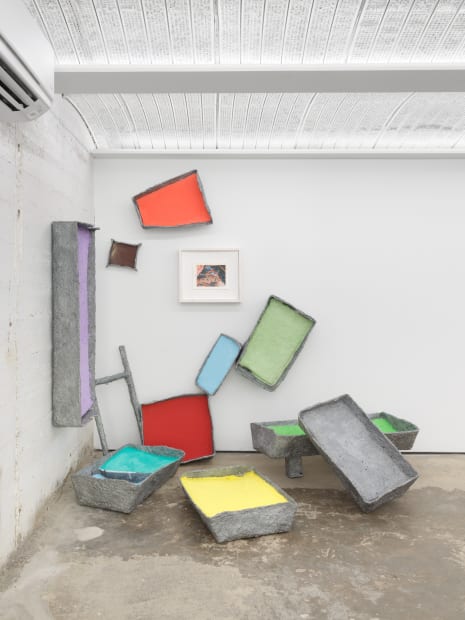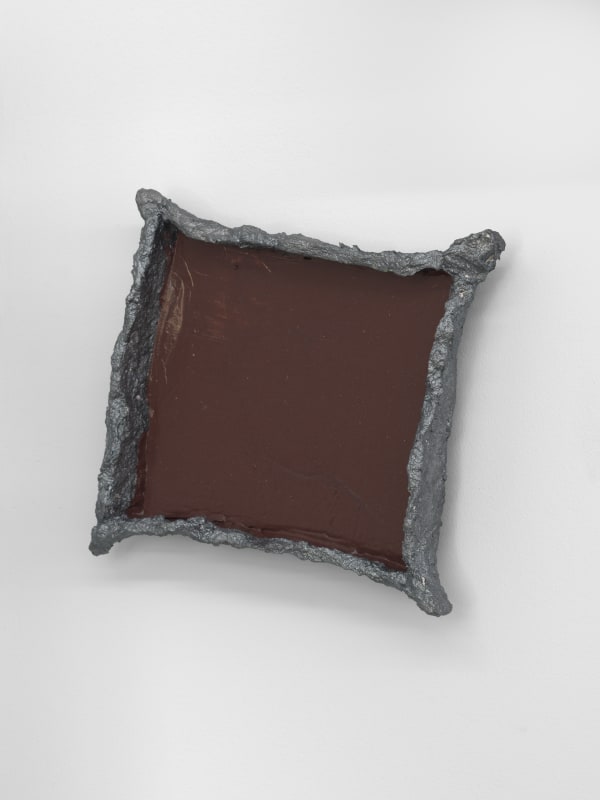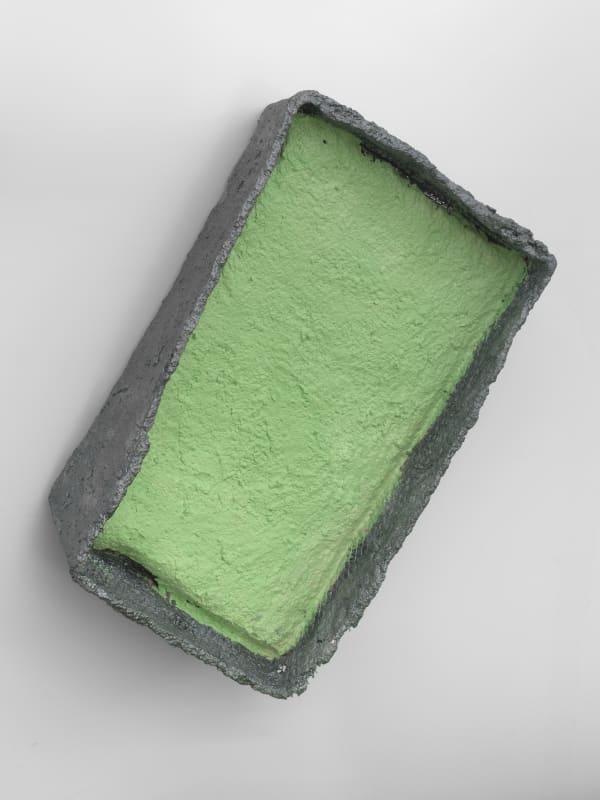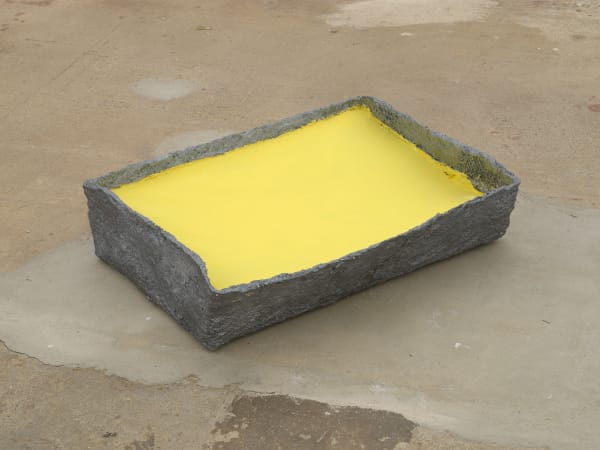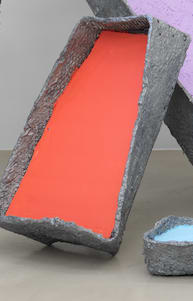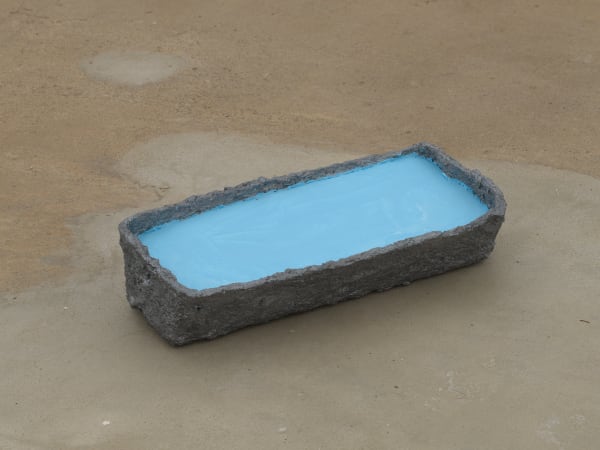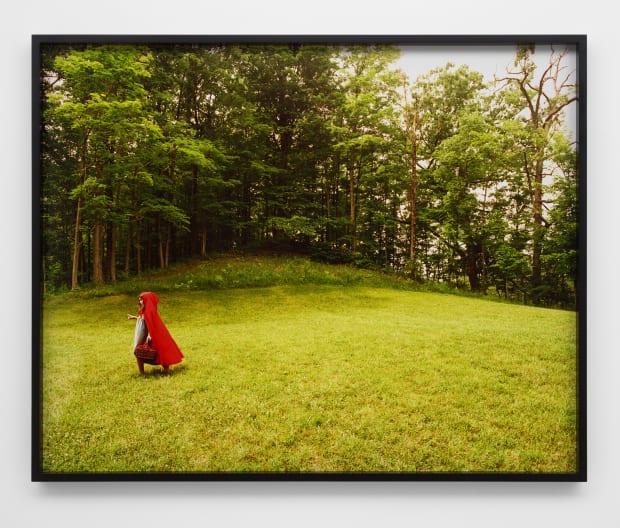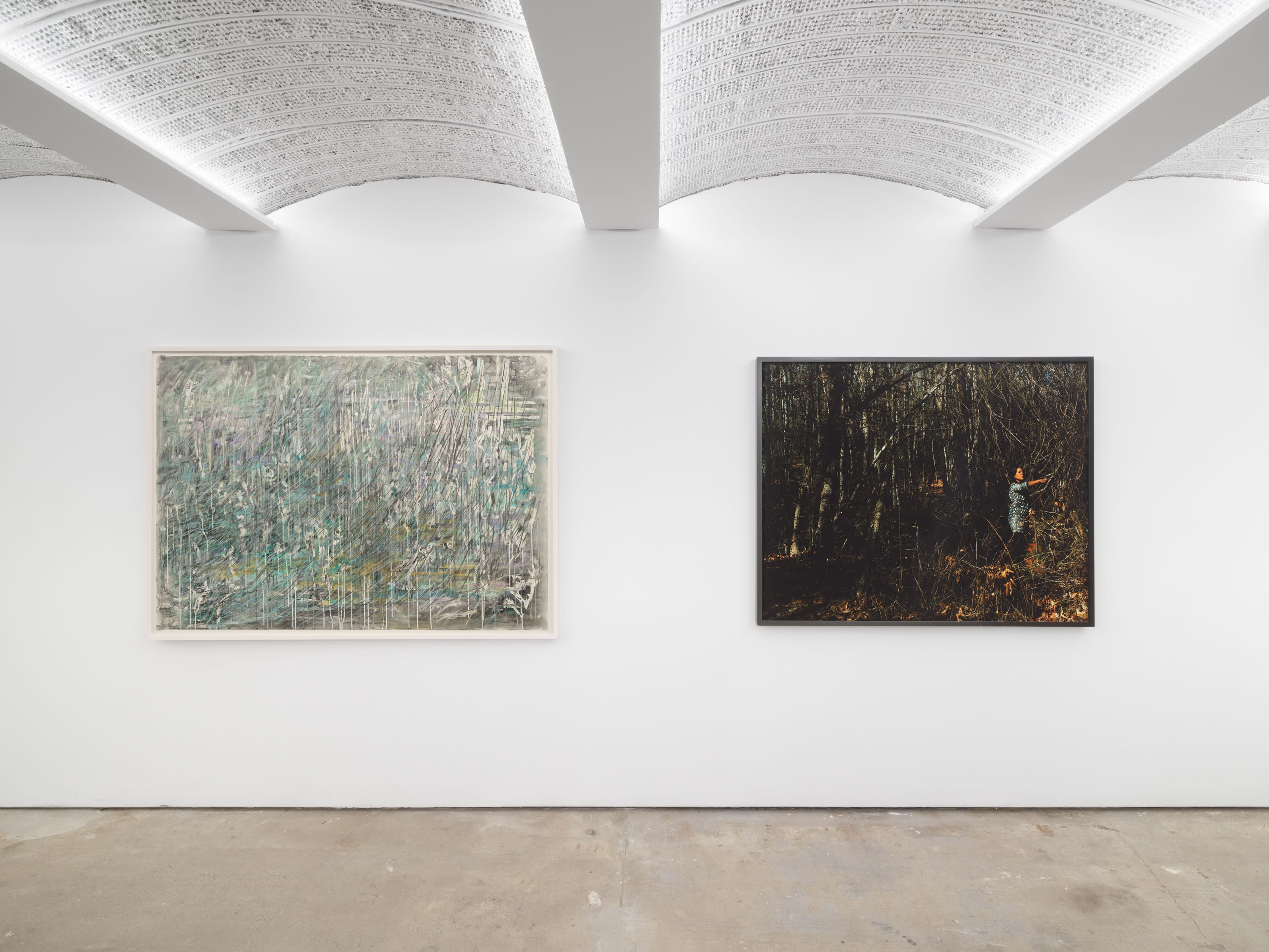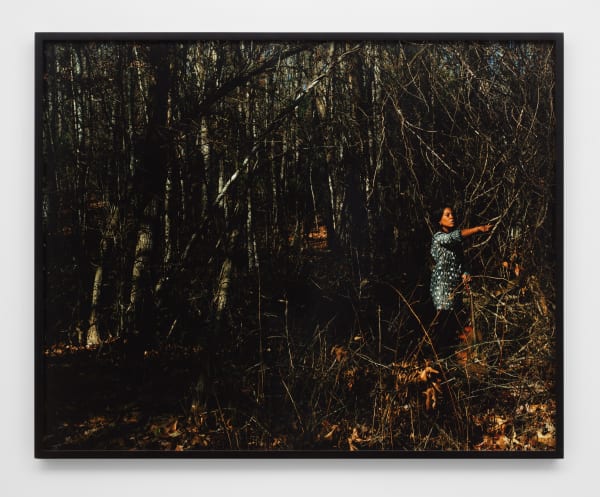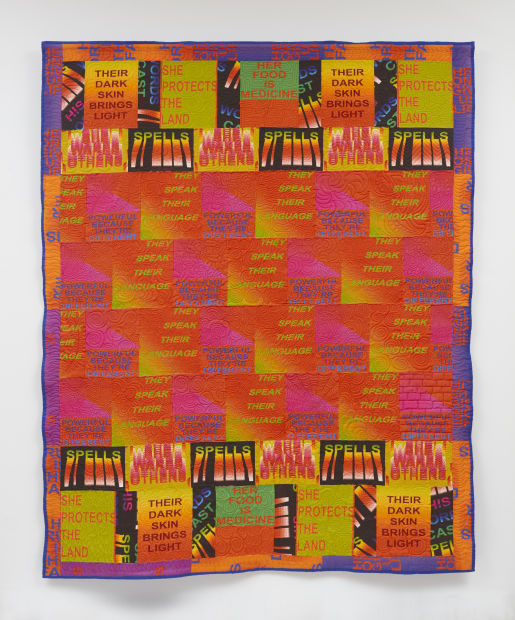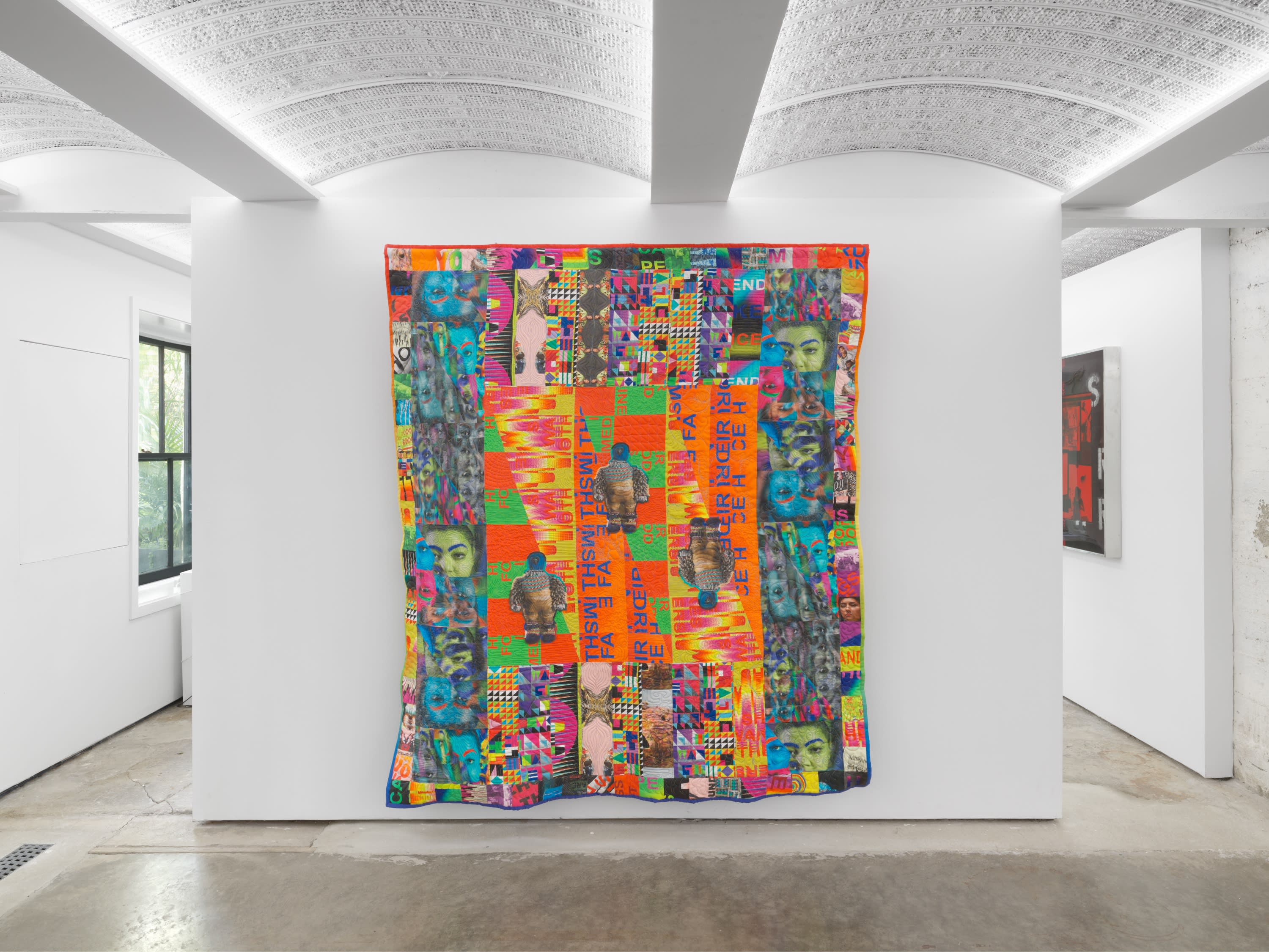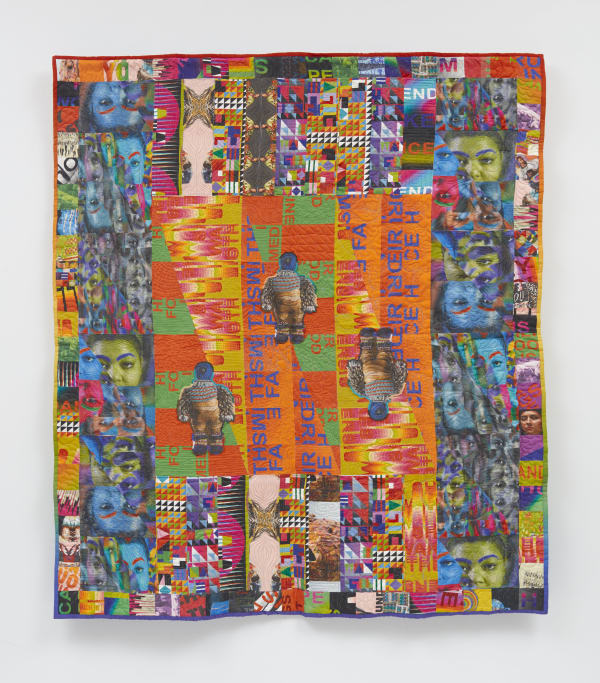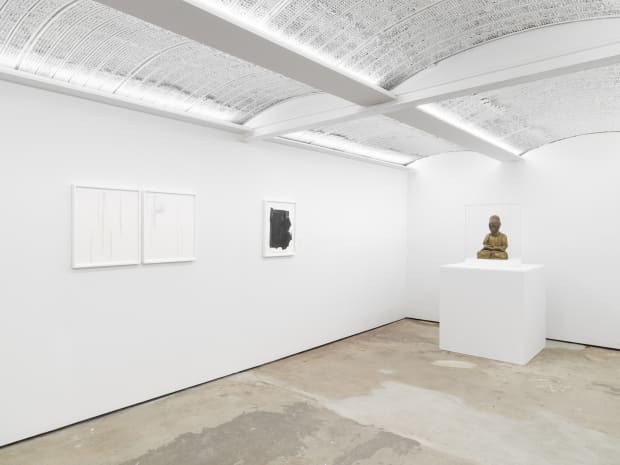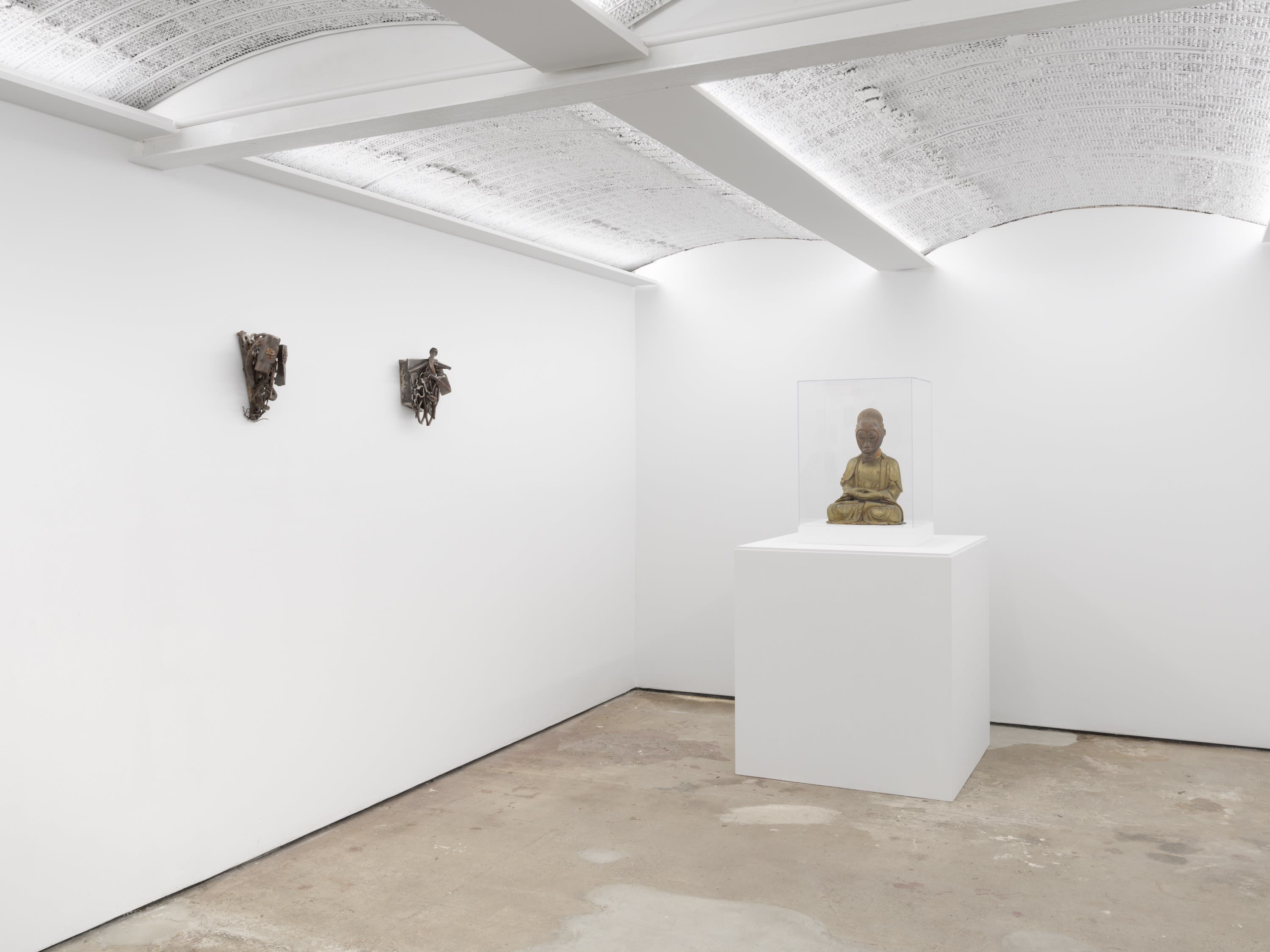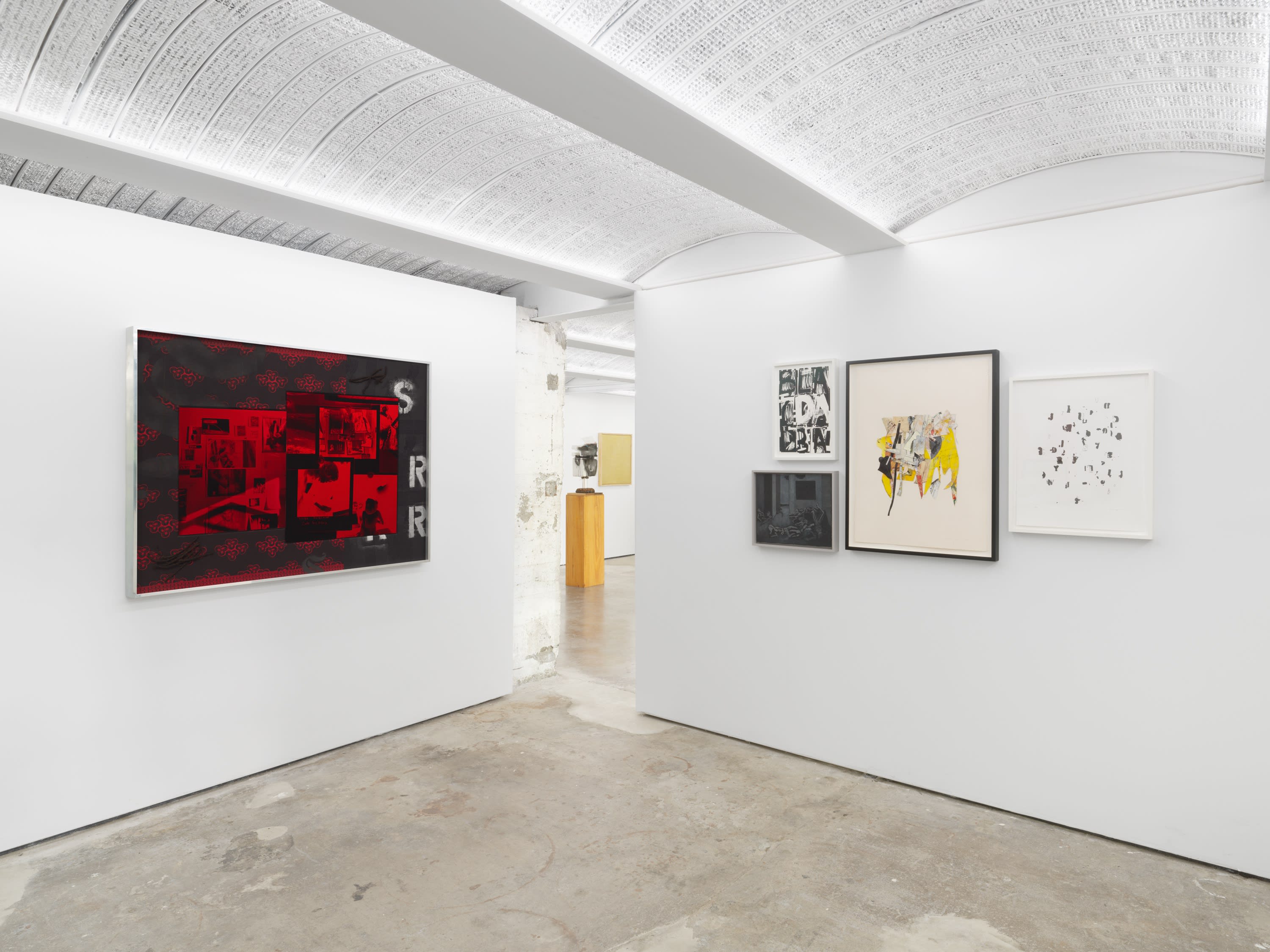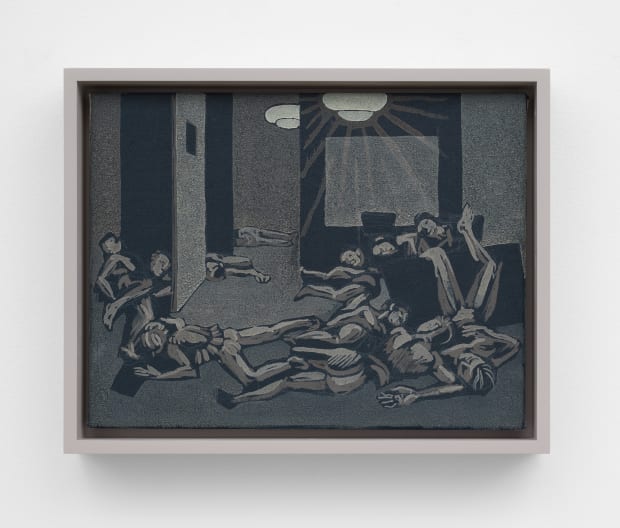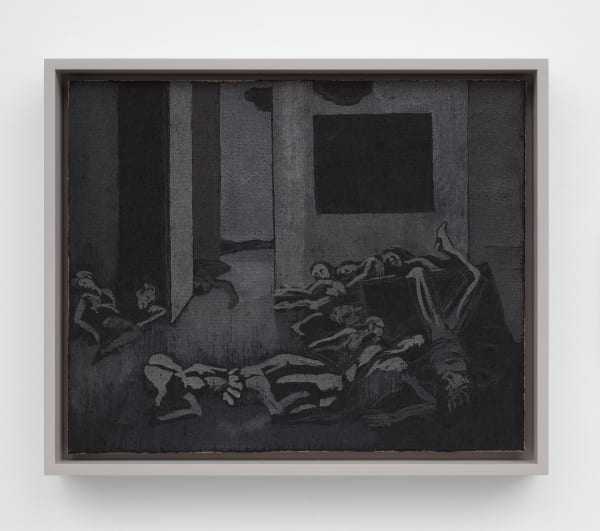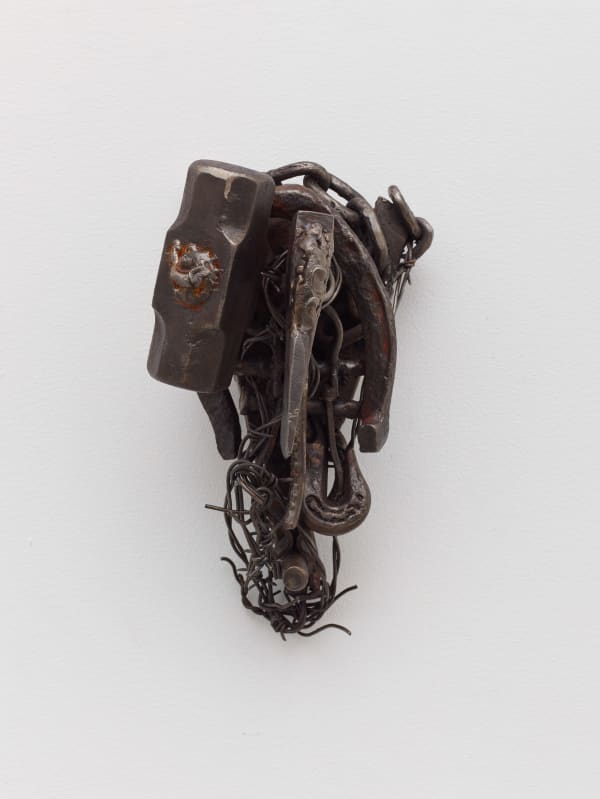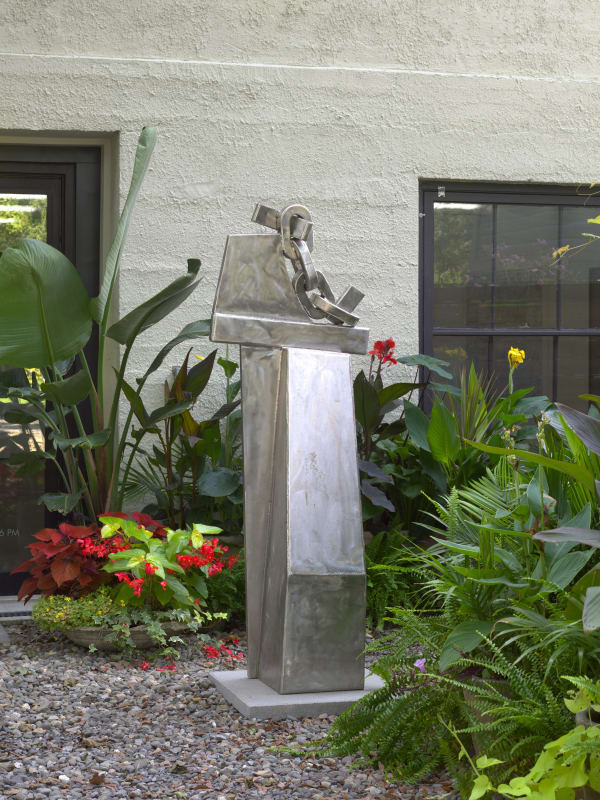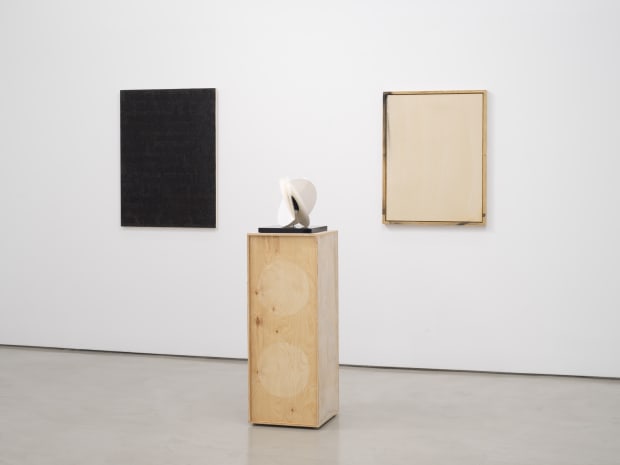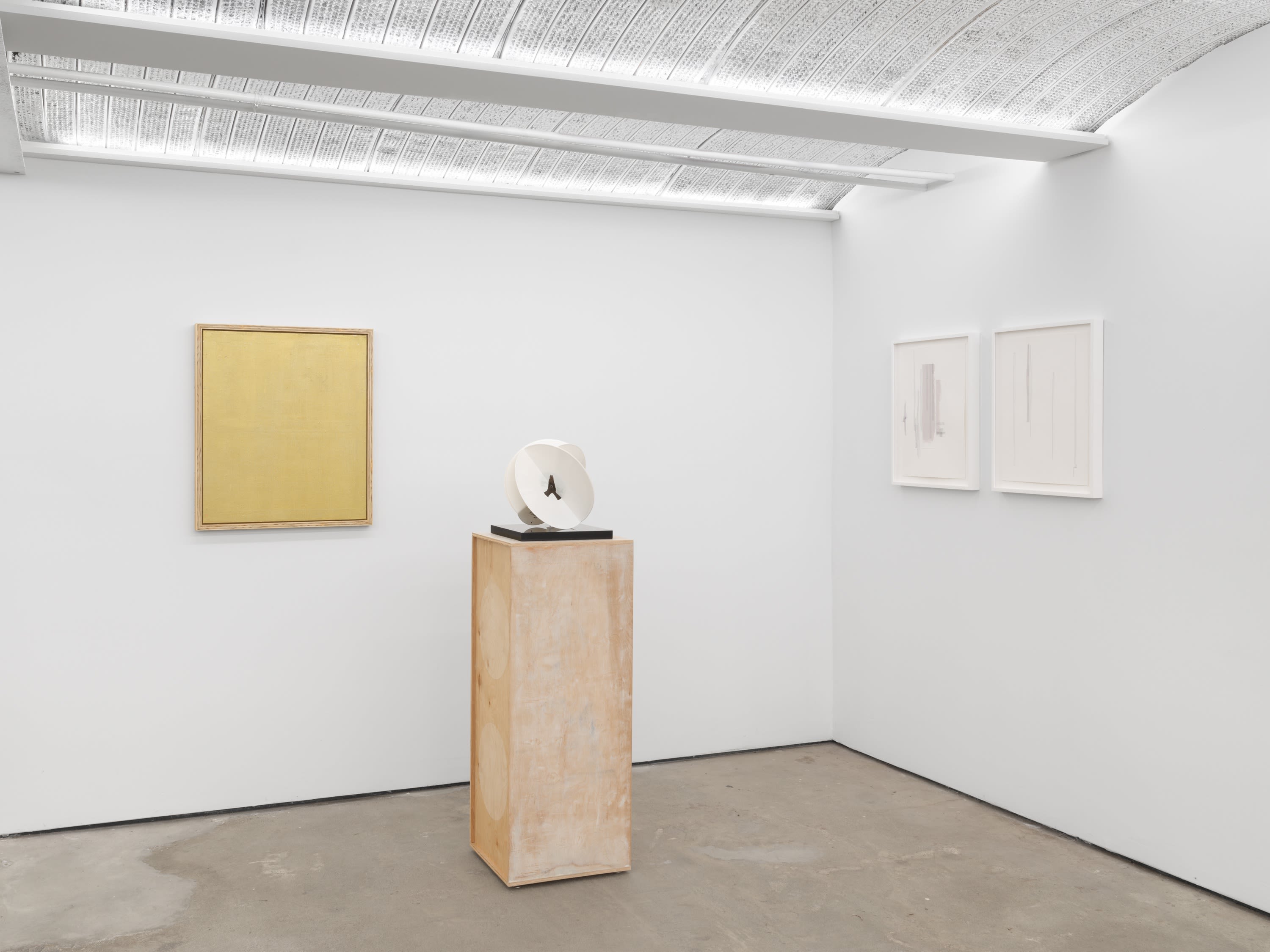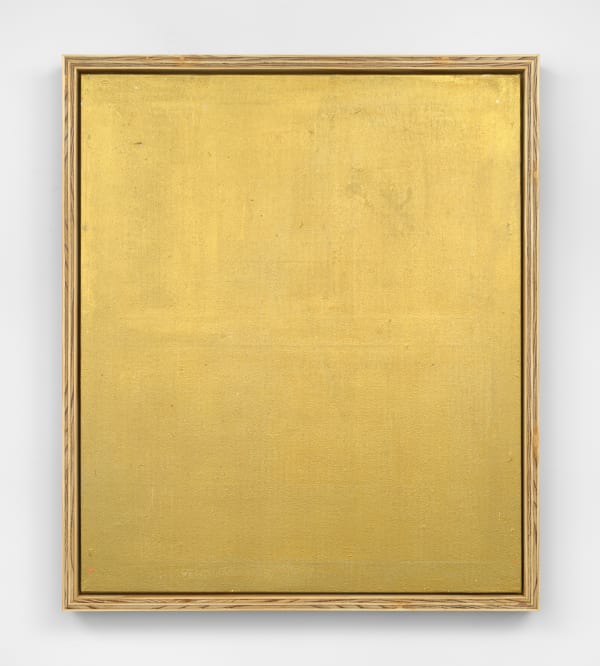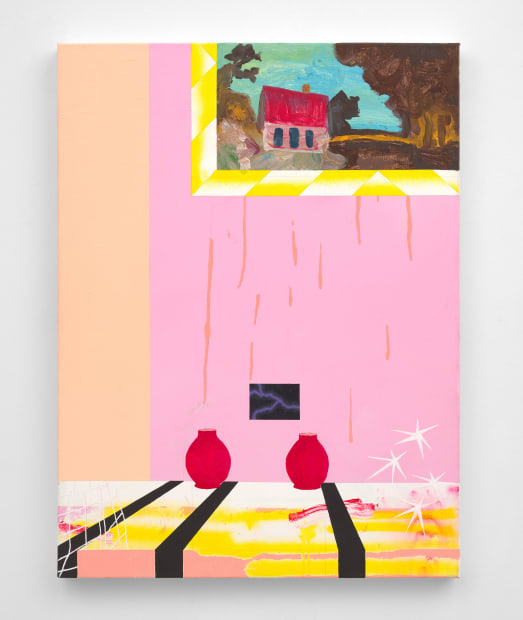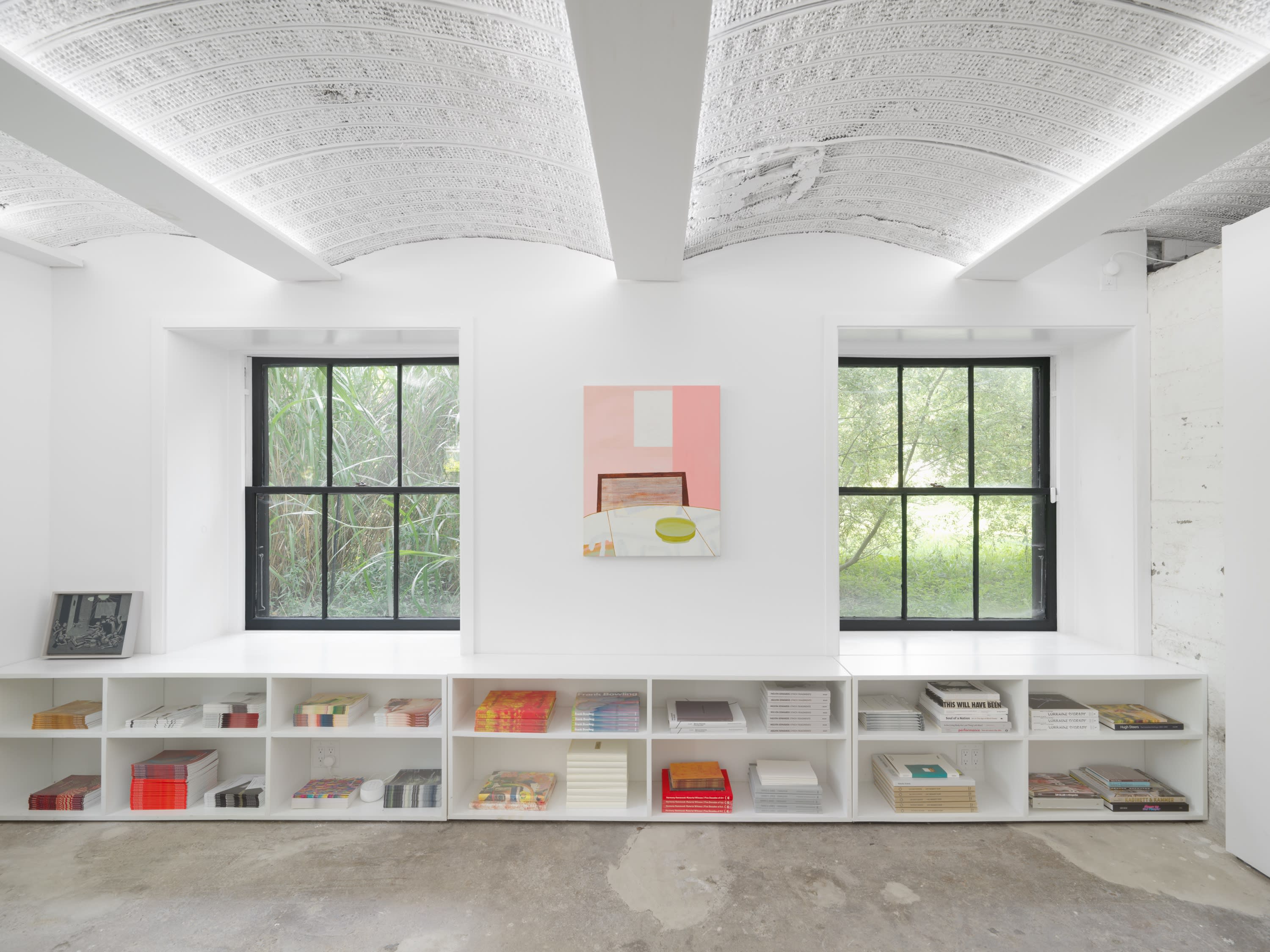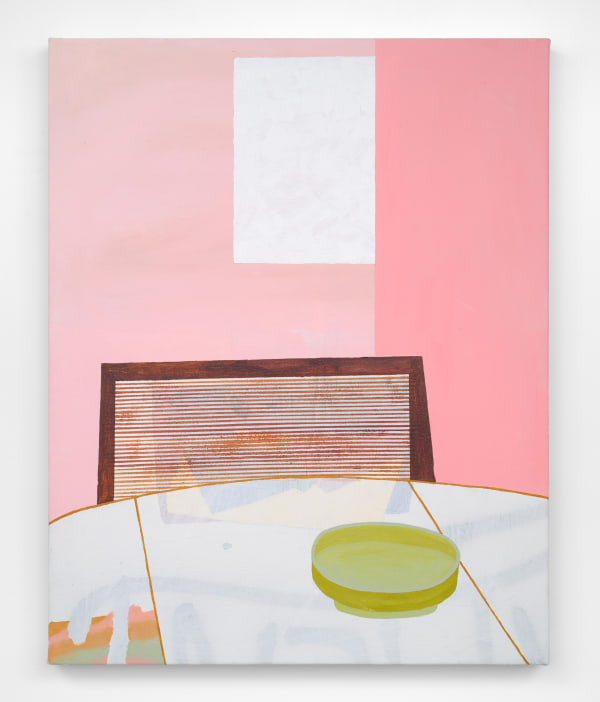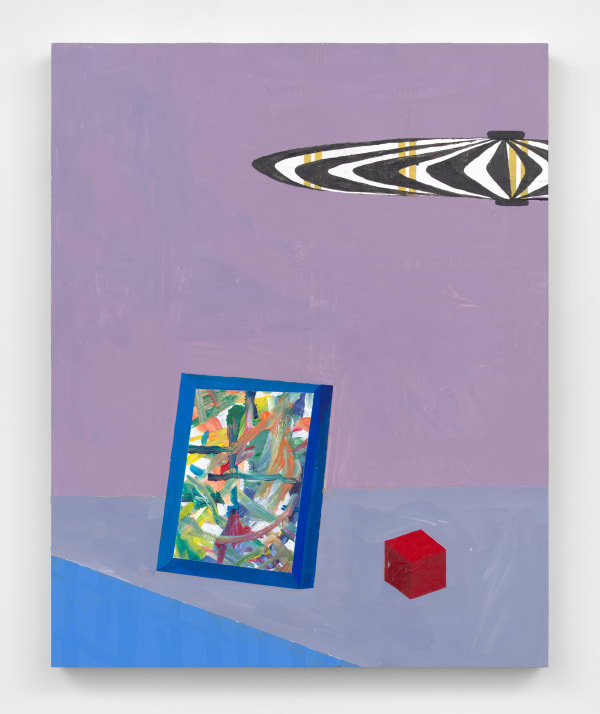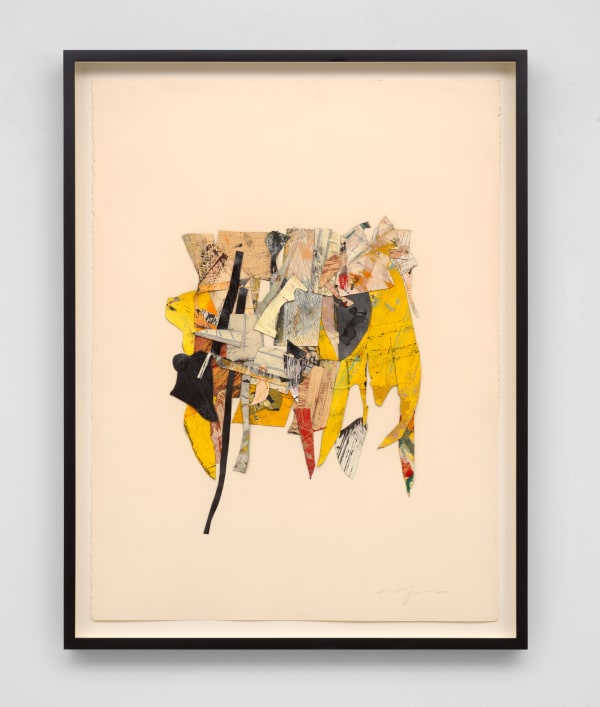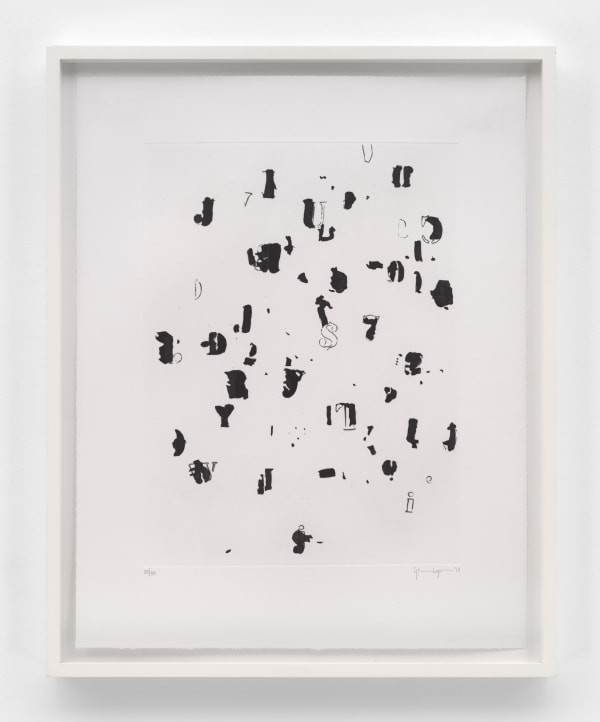-
Subliminal Horizons: Part 2
Curated by Alvin Hall
Germantown: August 20—October 3, 2021
-

Subliminal Horizons, installation view, Alexander Gray Associates, New York (2021)
-
Selected works by Kianja Strobert
-
-

Xaviera Simmons, If We Believe in Theory #1, 2009. Chromogenic color print. 40 x 50 in (101.6 x 127 cm). 41 1/8 x 51 1/8 x 2 1/4 in framed (104.5 x 129.9 x 5.7 cm framed). Edition of 3 (EC 1/1). (XS002)
-

Subliminal Horizons: Part 2, installation view, Alexander Gray Associates, Germantown (2021)
-
Selected works on view
-

Jeffrey Gibson, POWERFUL BECAUSE THEY'RE DIFFERENT, 2019. Cotton, linen, wool, and nylon. 81 1/2 x 101 in (207 x 256.5 cm) (JG003)
-

Subliminal Horizons: Part 2, installation view, Alexander Gray Associates, Germantown (2021)
-
Selected works on view
-

Subliminal Horizons, installation view, Alexander Gray Associates, Germantown (2021)
-
-
Selected works on view
-

Carlos Vega, Morebat et Dolebat I, 2020. Acrylic on canvas. 10 x 13 in (25.4 x 33 cm). 11 3/8 x 14 3/8 x 2 in framed (28.9 x 36.5 x 5.1 cm framed). (CV001)
-
Selected works by Carlos Vega
-
Selected works by Melvin Edwards
-

Subliminal Horizons, installation view, Alexander Gray Associates, New York (2021)
-

Subliminal Horizons: Part 2, installation view, Alexander Gray Associates, Germantown (2021)
-
Selected works on view by Karlos Cárcamo
-

Henri Paul Broyard, GTPS, 2019. Acrylic, flashe, spray paint, and correction fluid on canvas. 40 x 30 in (101.6 x 76.2 cm). (HPB003)
-

Subliminal Horizons: Part 2, installation view, Alexander Gray Associates, Germantown (2021)
-
Selected works by Henri Paul Broyard
-
Additional works on view
-
